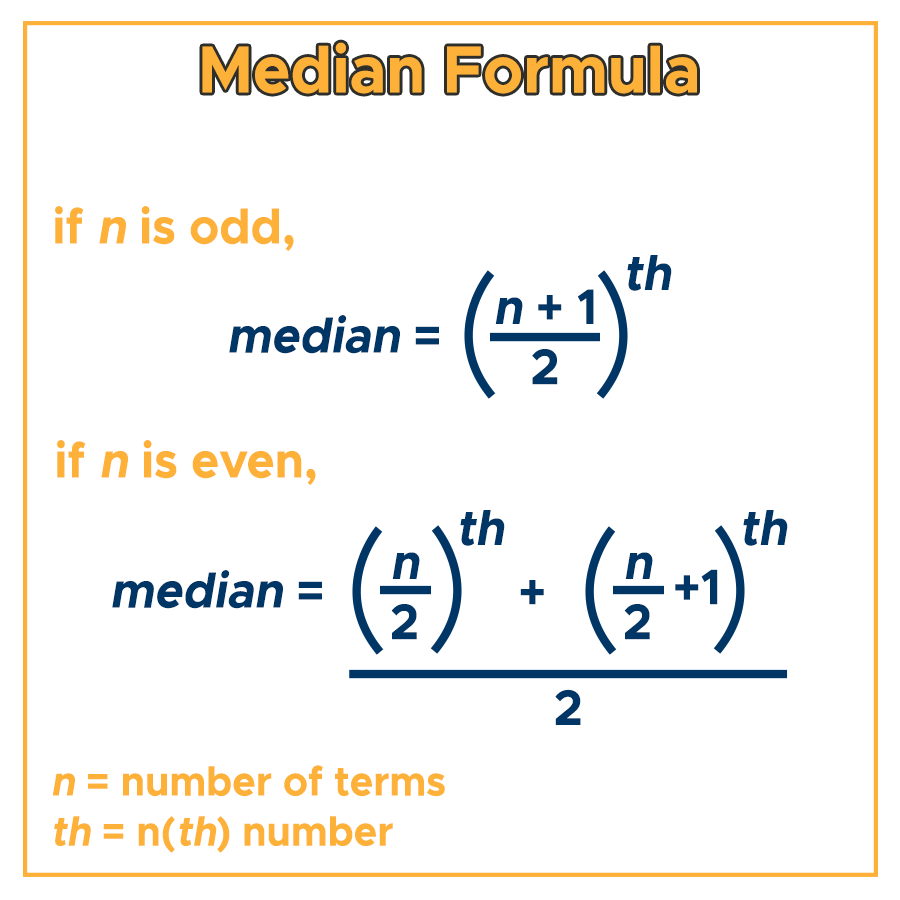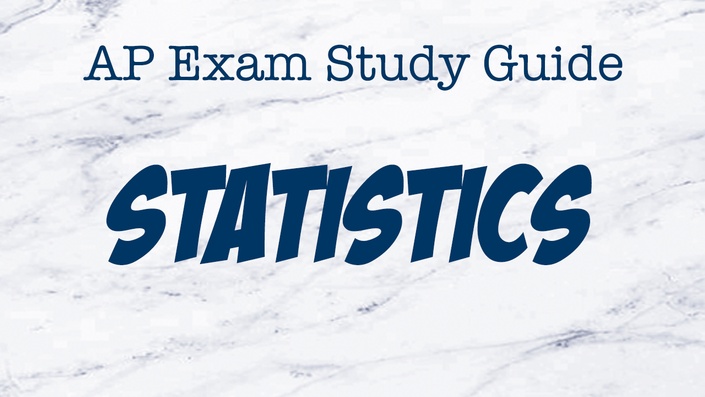Let’s learn how to determine the mean, median, and mode.
Once in a while, you probably stare at a group of numbers – grocery prices, scores in a test, monthly sales, ages of your family members – and think how to make sense of them. These groups of numbers are also called data sets. A data set is a collection of numbers, terms, or values.
We make sense of data sets by looking for their “middle” or central tendency by calculating the mean, median, and mode.
Calculating Mean Median Mode:
Mean: The Average
Mean is the average of a data set. It’s the value that best represents the entire set. To find the mean, add up all the terms in a set and divide them by the number of terms.

Mean Example:
{7, 8, 10, 13, 6, 8, 4}
To find the mean, add up all the terms and divide by them by the number of terms in the set.
7 + 8 + 10 + 13 + 6 + 8 + 4 = 56
The sum is 56.
Divide the sum (56) by the numbers of terms, which is 7.
56/7=8
The quotient is 8. Therefore, the mean of the data set is 8.
Median: The Middle
The median is the middle number that splits the data set into two equal groups on each side. Before you find the median, make sure that the numbers are in order – from least to greatest or vice versa.
Remember:
- The amount of numbers should be equal on each side of the median.
- For ordered data set with an odd number of terms, the number in the middle is the median.
- For ordered data set with an even number of terms, find the two middle numbers, add them up, and divide them by 2.

Median Example:
Let’s go back to our previous example and find its median.
{7, 8, 10, 13, 6, 8, 4}
Order the data set from least to greatest.
{4, 6, 7, 8, 8, 10, 13}
Since we have an odd number of data set, let’s use the formula, (n + 1) ÷ 2, to find the interval that contains the median.
Substitute 7 for n and perform the equation, which leaves us with:
median = (7+1) ÷ 2
= 8 ÷ 2
= 4
The quotient is 4 which means the 4th interval is the median. Go back to the ordered data set and look for the 4th number.
{4, 6, 7, 8, 8, 10, 13}
Therefore, the median of {4, 6, 7, 8, 8, 10, 13} is 8.
Easy trick:
If there’s an odd number of terms in a data set, find the median by simply parting the ordered set into two equal sides, starting with the rightmost and leftmost numbers down to the middle. This trick works faster for small data sets. For those containing numerous terms, you can always resort to the formula.
Median Example:
{4, 6, 7, 8, 8, 10, 13}
This easily gives you 8 as the median.
Let’s take a look at another example. Find the median of the data set below.
{25, 6, 8, 3, 12, 4}
Make sure to order them from least to greatest.
{3, 4, 6, 8, 12, 25}
Since we’re given an odd number of terms. Let’s use the formula,
median= ((n/2)^th + (n/2+1)^th) / 2
Where n is the number of terms and th is the interval which contains the median.
Substitute 6 for n.
median= ((6/2)^th + (6/2+1)^th) / 2
Simplify.
median= ((3)^th + (3+1)^th)/ 2
=((3)^th+ (4)^th) / 2
This gives us the intervals to look for. Find 3rd and 4th intervals in the given data set and divide them by 2.
median= (6+8) / 2
= 14 / 2
=7
Therefore, the median of {3, 4, 6, 8, 12, 25} is 7.
Easy trick:
For an even number of terms in a data set, find the median by simply parting the ordered set into two equal sides, starting with the rightmost and leftmost numbers down to the middle. This will leave you with two middle numbers. Add them up and divide them by 2.
Let’s take the same data set above and do the trick.
{3, 4, 6, 8, 12, 25}
This gives us 6 and 8 whose sum is 14. Divide 14 by 2 and you’ll have 7 as the median.
Mode: The Most Often
The mode of a data set is the number that appears most often or most frequently.
Remember:
- If all numbers in a data set occurs only once, then there’s no mode.
- It’s possible to have more than one mode in a data set if there are two or more numbers repeated at the same highest frequency.
- The mode of a data set is the number that is repeated, not the number of times or frequency it is repeated.
Related Reading: Probability – Figuring Out the Odds

Mode Example:
Find the mode in the same data set we used to find the mean.
{3, 4, 6, 8, 12, 25}
Looking at the data set, there is no repeating number. Therefore, there is no mode in it.
Let’s look at another example. Find the mode in the data set below.
{3, 3, 25, 19, 19, 3, 4, 7}
19 repeats twice, while 3 repeats thrice. Therefore, the mode is 3. Remember that 3 is the mode because it’s the number that appears most often, not because it’s repeated thrice.
If 19 was repeated thrice too, then both 19 and 3 would have been the mode. Any numbers that are repeated at the same frequency will be regarded as the modes of the data set they’re in.
Thank you for reading. We hope it’s effective! Always feel free to revisit this page if you ever have any questions about the mean, median, and mode of a data set.
Check out some of our other blog posts or invest in your future with one of our self-study courses!



